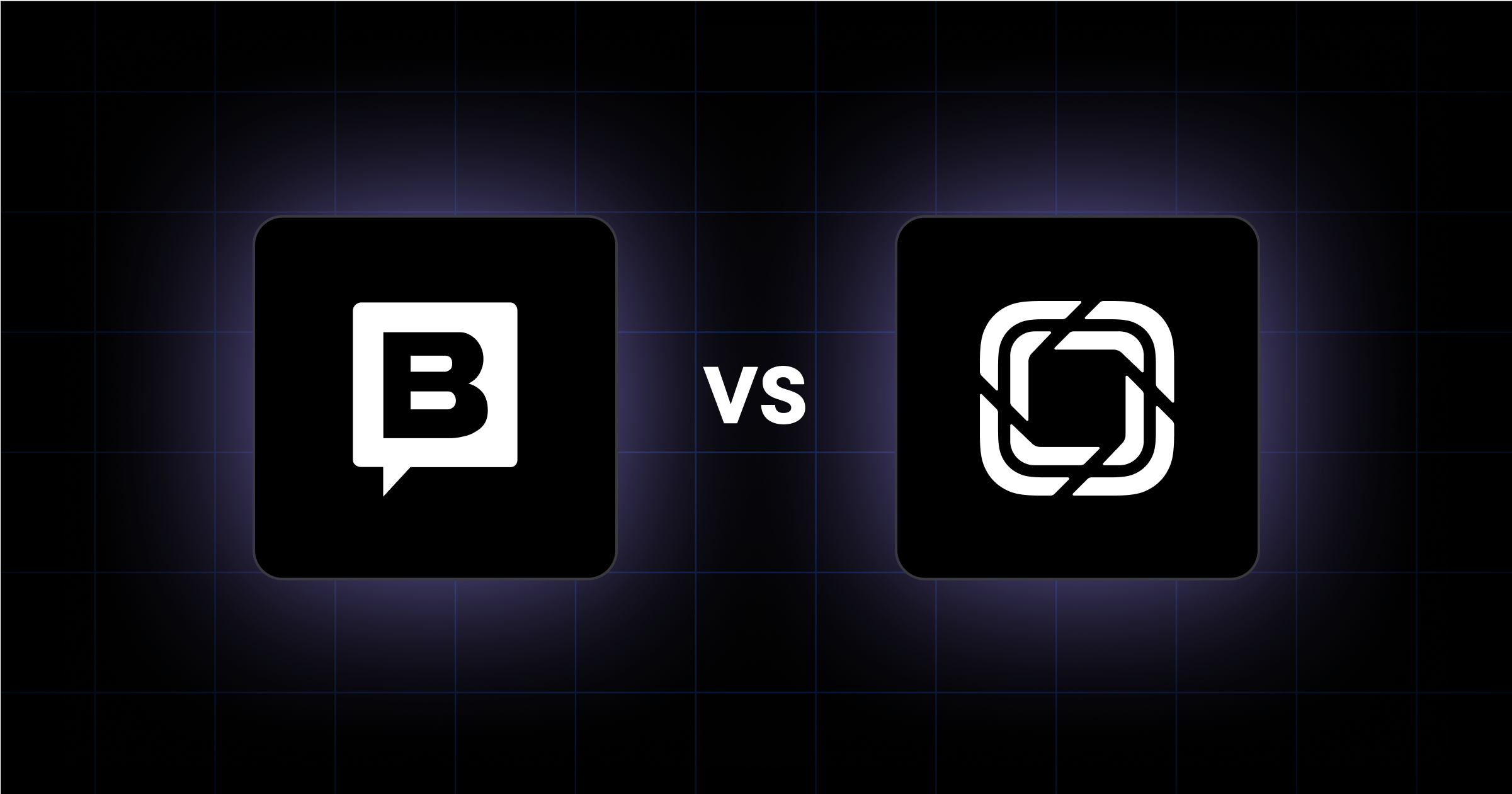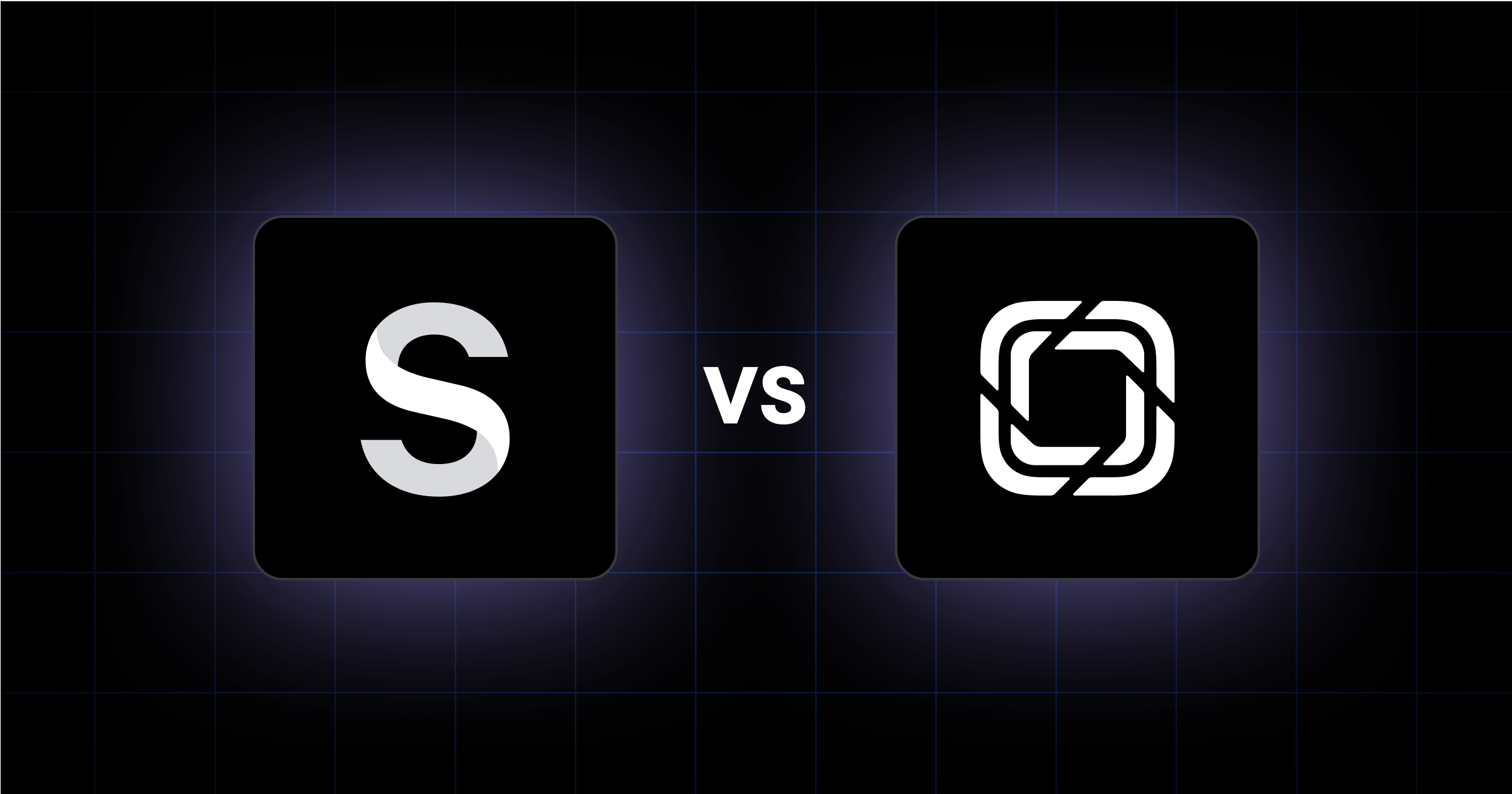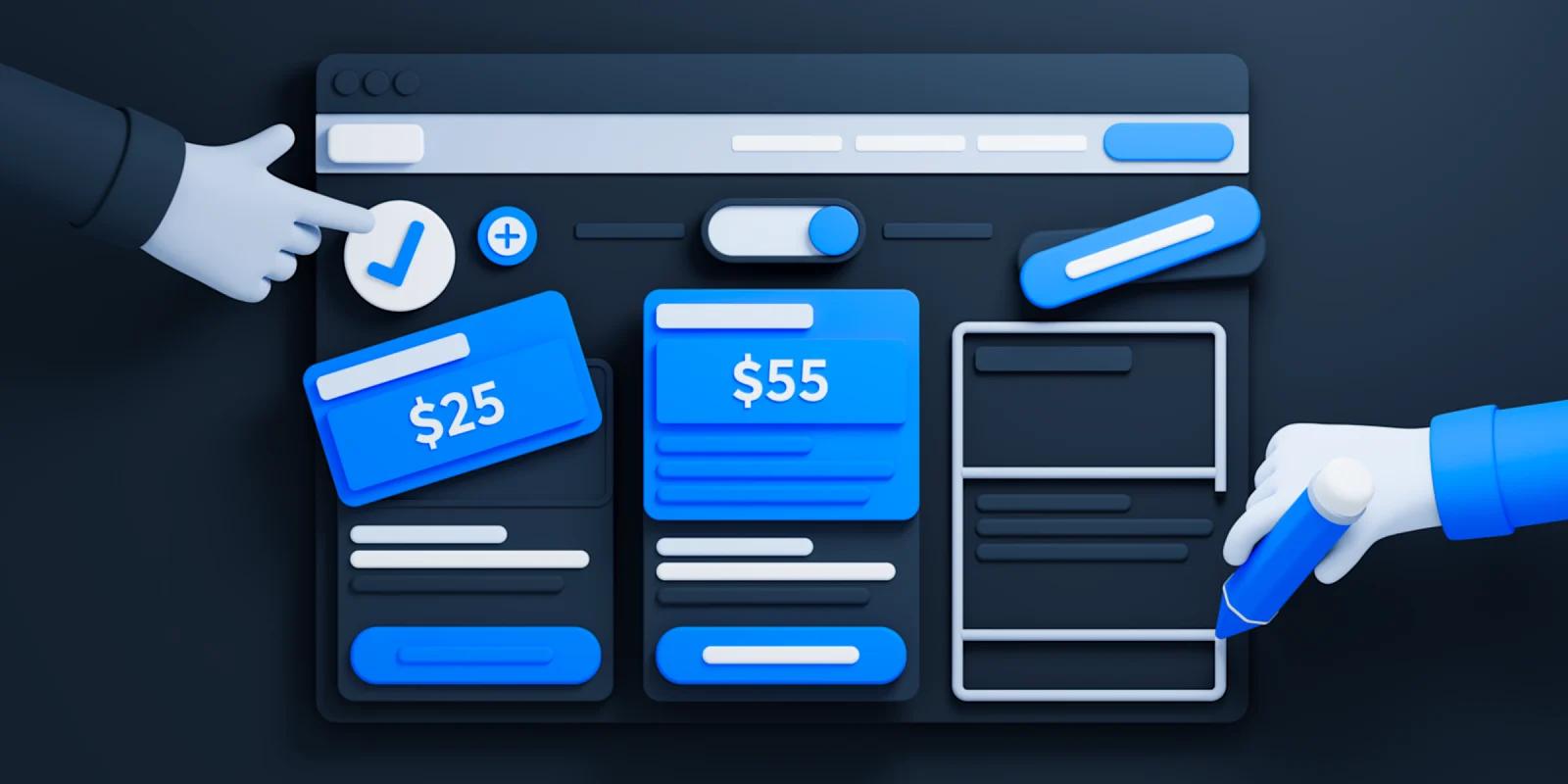If I asked you to describe what a successful employee onboarding process looked like would the term 'automation' form part of your description?
When most of us think of onboarding, we automatically think about a slide deck on the company culture, company expectations, and ground rules presented to new hires.
Younger businesses that do not have the bandwidth to conduct such lengthy processes may need to think outside the box.
Small businesses may require their employees to wear multiple hats, distributing different tasks that must be complete. This problem can be felt by bootstrapped companies who are just learning to find their footing.
Most of these companies do not have time to implement the processes that large companies have. But I’d argue that small businesses have the most flexibility, allowing them to try new methods and find quick solutions to fill in any internal loopholes.
We felt this ourselves when looking for a way to implement our employee onboarding process as we planned to scale. Fortunately for us, we were able to find an automated solution to drive our employee onboarding process.
When Did We Realize We Needed a Solution?
We realized we needed a solution when we took the time to think about what a successful onboarding process looked like. Our new hires didn't know or frankly care that we were strapped for time.
This was a new opportunity for them and they deserved to know they were joining a company, touted with exceptional potential, that had it all together. We understood that we needed to treat the onboarding experience the same way we'd approach a complex problem with limited resources for a client.
We knew automation could be an answer to at least some of our problems, but we needed to figure out how to make that feel genuine.
Automated Employee Onboarding with Zapier
The onboarding process we envisioned was based on giving our new employees the tools needed to get started, along with a feel for our company culture.
Instantly, we thought about implementing an automated tool that could do this for us. Already familiar with the Zapier automation tool, we decided to automate our onboarding process by connecting new employees with our tech stack.
Zapier is an online automation tool, merging all of your company’s apps into a tech stack that can be used for any purpose. Users can connect multiple apps to perform repetitive tasks without having to code or have a developer build the integration.
With Zapier’s zap workflow feature, we wanted to create an onboarding process that was automated, reliable, and easy to follow for our new employees. The zap workflow works to connect apps so they can work together—in our case, we wanted Slack, Gmail, and HubSpot to form part of the stack for them to gain access to every channel.
Automate your Onboarding Process with Zapier
1. Register a Gmail Account with a Company Email
The first step of the onboarding process was to get new employees a company email using Gmail. Because our company uses Google’s G Suite, we wanted to ensure that the email was tied to google so that they could have access to sheets, docs, analytics, etc., to avoid accessibility issues.
2. Setting Them Up with Slack
After setting up their Gmail account, they can now get set up with Slack. Using Zapier, we connected Gmail with Slack—once new employees set up their Google account, they received an automated email inviting them to join the Webstacks workspace on Slack.
The employee then proceeds to accept the invite and they receive another email welcoming them to Slack with their login credentials. After setting up their account, an automated message is sent to them on Slack, welcoming them to the app. New employees now have access to Slack and can communicate with any team member.
3. Welcome to HubSpot
New employees receive another automated email from HubSpot asking them to create an account. Like Slack, they are instructed to create an account using their Webstacks email. Once they have finished setting up their account, they receive another email confirming their account information.
New employees now have access to our web stack—and it was done in an automated fashion. As I mentioned earlier, startup companies are pressed for time and do not have the bandwidth to develop and implement an employee onboarding process that goes over the company profile, the tech stack, and their company expectations in depth.
It is possible to build the process in a way that new employees can form a personal relationship.
A Personalized Automation Experience
Once new employees were given access to our technologies, we made sure to schedule brief 15-minute huddle-ups where we went over tasks on Asana and any questions they had. These huddle-ups are a great opportunity to address their concerns and start building a relationship with new employees.
As the weeks went by, we used Zapier to send an automated email asking new employees how their first weeks treated them and what questions they still had. Then, we reviewed their responses and prepared to address them during the next huddle-up.
Little by little, these reviews and huddle-ups got new employees up-to-speed with their tasks, while building a personal relationship.
Was Zapier Reliable?
We were able to successfully implement an automated onboarding process that we continue to follow today. A giant like Amazon would not follow such a process since they have an established onboarding process that is conducted by employees who are assigned these roles.
For a company like us (or any other startup) that cannot conduct a 1-2 hour onboarding meeting, an automated process is a valuable solution.
If your company is currently facing the same dilemma, then try out Zapier and use the zap we created! If you still have questions, visit Zapier’s website or contact us to learn more about our experience with their automation tool.




